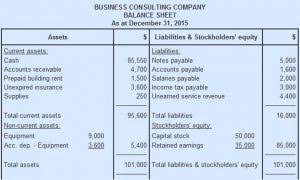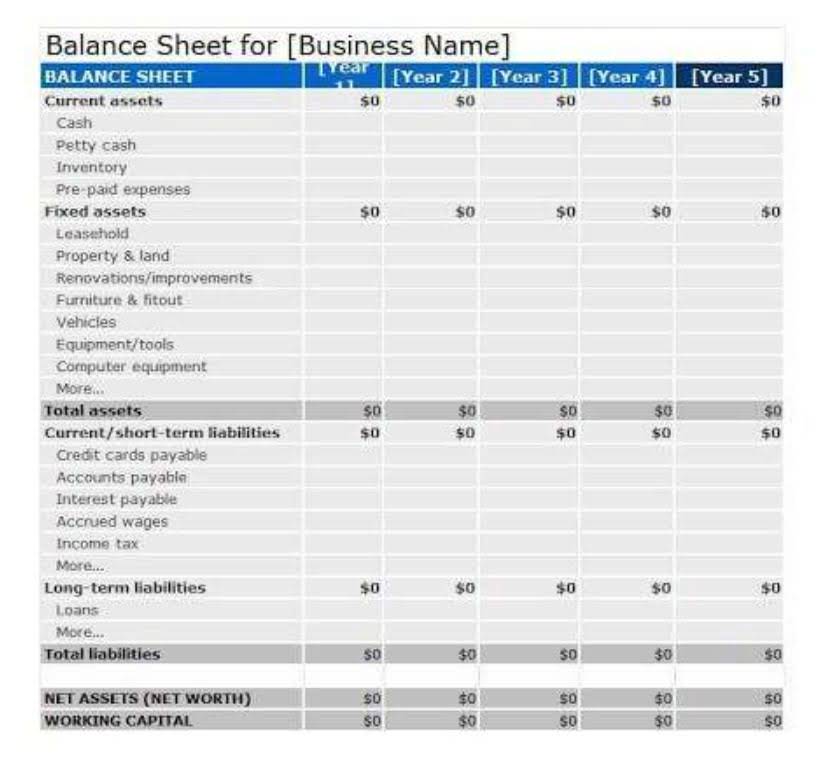
Such items include sales revenue, cost of goods sold (COGS), depreciation, and necessary operating expenses. In the long run, such initiatives may lead to better returns for the company shareholders instead of those gained from dividend payouts. retained earning credit or debit Paying off high-interest debt also may be preferred by both management and shareholders, instead of dividend payments. Based on the amount of net income earned, your company might decide to pay a certain portion to shareholders as dividends.

What does the statement of retained earnings include?
- Retained earnings refer to the total net income or loss the company has accumulated over its lifetime (after dividend payouts are subtracted).
- A reasonable amount of retained earnings is needed to pay for investments in fixed assets and working capital, as well as to convince lenders that a firm is sufficiently stable to take on additional debt.
- They are a measure of a company’s financial health and they can promote stability and growth.
- Here, we shall discuss retained earnings, debit, and credit so that we can understand how the retained earnings are recorded and if they are debit or credit.
- If a company sells a product to a customer and the customer goes bankrupt, the company technically still reports that sale as revenue.
The purpose of releasing a statement of retained earnings is to improve market and investor confidence in the organization. Instead, the retained earnings are redirected, often as a reinvestment within the organization. As a result, any factors that affect net income, causing an increase or a decrease, will also ultimately affect RE. Revenue is the total amount of income generated by the sale of goods or services related to the company’s primary operations. Revenue is the income a company generates before any expenses are taken out. Up-to-date financial reporting helps you keep an eye on your business’s financial health so you can identify cash flow issues before they become a problem.
Age of the Business
- A company that routinely gives dividends to shareholders will tend to have lower retained earnings, and vice versa.
- It’s important to note that retained earnings are an accumulating balance within shareholder’s equity on the balance sheet.
- Or a board of directors may decide to use assets resulting from net income for plant expansion rather than for cash dividends.
- The most common credits and debits made to Retained Earnings are for income (or losses) and dividends.
- If significant capital investments are anticipated, retaining earnings to cover these costs can be more advantageous than external financing.
- Like paid-in capital, retained earnings is a source of assets received by a corporation.
In this case, Company A paid out dividends worth $10,000, so we’ll subtract this amount from the total of Beginning Period Retained Earnings and Net Profit. Revenue and retained earnings provide insights into a company’s financial performance. It reveals the “top line” of the company or the sales a company has made during the period. Retained earnings are an accumulation of a company’s net income and net losses over all the years the business has been operating. Retained earnings make up part of the stockholder’s equity on the balance sheet. Assuming your business pays its shareholders dividends (stock or cash), you’ll need to factor those into your calculations.
Beginning of Period Retained Earnings
Retained earnings appear under the shareholder’s equity section on the liability side of the balance sheet. Retained earnings are the residual net profits after distributing dividends to the stockholders. This is the net profit or net loss figure of the current accounting period, for which retained earnings amount is to be calculated. A net profit would lead to an increase in retained earnings, whereas a net loss would reduce the retained earnings. Thus, any item such as revenue, COGS, administrative expenses, etc that impact the Net Profit figure, certainly affects the retained earnings amount.
Retained earnings at closing entry
Companies that invoice their sales for payment at a later date will report this revenue as accounts receivable. These earnings could be used to fund an expansion or pay dividends to shareholders at a later date. Retained earnings are related to net income because they increase or decrease depending on whether a company has a net income or net loss for the year. If your company pays dividends, you subtract the amount of dividends your company pays out of your retained earnings. Let’s say your company’s dividend policy is to pay 50 percent of its net income out to its investors.
What affects the retained earnings balance?
- These funds may also be referred to as retained profit, accumulated earnings, or accumulated retained earnings.
- For instance, the first option leads to the earnings money going out of the books and accounts of the business forever because dividend payments are irreversible.
- One of them is the income statement, and you’ll need to process expenses to put this statement together.
- At each reporting date, companies add net income to the retained earnings, net of any deductions.
- The higher the retained earnings of a company, the stronger sign of its financial health.
- Accountants use the formula to create financial statements, and each transaction must keep the formula in balance.
Most software offers ready-made report templates, including a statement of retained earnings, which you can customize to fit your company’s needs. To simplify your retained earnings calculation, opt for user-friendly accounting software with comprehensive reporting capabilities. There are plenty of options out there, including QuickBooks, Xero, and FreshBooks.


As a key indicator of a company’s financial performance over time, retained earnings are important to investors in gauging a company’s financial health. This post will walk step by step through what retained earnings are, their importance, and provide an example. Retained earnings show a credit balance and are recorded on the balance sheet of the company.
Retained earnings, shareholders’ equity, and working capital

Leave a Reply